What is Food Photography?
Most of us are foodie. We love having delicious food. Whenever we see the images of food in the newspaper, pamphlet, article or on social media sites like Facebook or Instagram, our mouth starts watering. Healthy food pictures arouse our appetite.
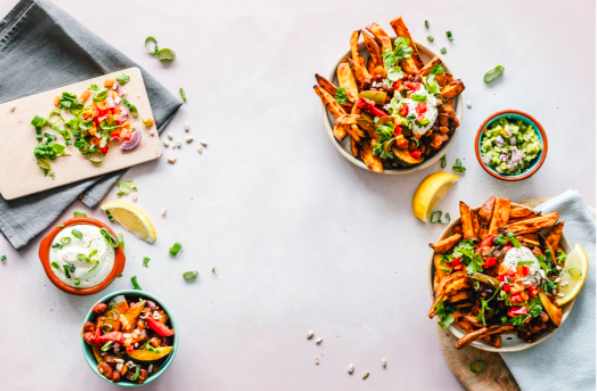
Food Photography is all about such food shots or photographs of the food that we eat. If we go then, Food Photography fall under the still life photography genre i.e., it is used to make some attractive still photographs, seeing which any one of us will start dribbling saliva off our mouth. It gives a touch of a whole new dimension to the food we eat, a new world. Food styling is playing a key role when it comes to photograph food.
Food Photography is a specialized branch of commercial photography. Food photographs are used for advertising and marketing in a commercial manner. Such photographs can be used in advertisements, magazines, on packaging, menus, cookbooks and so on.
No, food photography is not just something which will post on your personal social media handles and show off. There is something more to food photography than this. Food photography has some profoundly serious commercial venture attributes. Even the restaurants make use of food photography to promote their servings, their menus and to advertise their restaurant to the masses. It is a way more effective tool than the standard method. It reaches the audience faster and not just some small group, but to the users of the entire world.
Food photography is a very lucrative profession as well.
What is the nature of food photography?
Well, when it comes to food, beware! Do not take it for granted, heh! Food can prove to be a difficult subject, who knows!
When it comes to food, the following terms are also quite normal like - hot, cooling, melting or sometimes about losing lustre all too fast.
So, for food food photography, the task is quite difficult to be handled by a single person. Rather, it would be much easier if food photography is done in close collaboration of multiple individuals. This can surely result in better output.
Food photography is collaborative in nature. There are many individuals with various kinds of skill sets required to get the job done with ease. Prop stylists, lighting specialists, food stylists, designers, directors, photographers are all required to work together by keeping in mind the most optimum shoot timing. There are so many minute things which need to be taken care of that is why you must have noticed that food looks more appetizing in photographs than in real scenarios.
Eating your favourite dish is an experience. And what a food photographer does is he or she heightens that experience with their talent of capturing those moments and experiences. Sounds fun, right?
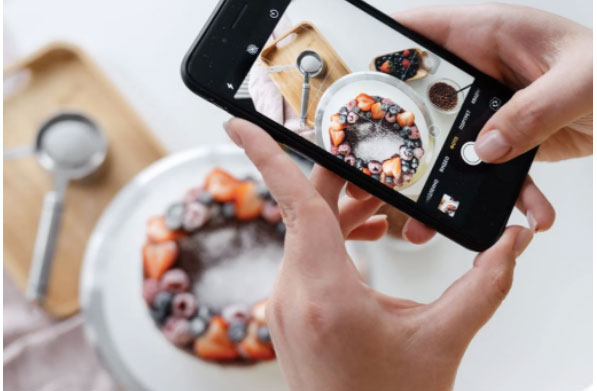
Keep on going through this article. We will explore a lot about food photography. We will have a look at the cost of food photography. And in the end, we will be providing some twenty-five bonus tips for food photography which you can apply and get some great mouth-watering shots.
Who needs food photography?
New restaurants and cafes appear every day, increasing competition. It is not enough to post the names of the dishes on the restaurant's website or menu to attract new customers. You must nevertheless photograph them in an appealing manner.
The photograph impacts whether the client wants to sample the meal or not because it conveys the precise ambiance and influences the emotions.
Even food blog has emerged as a new trend in the social media industry. There are many lifestyle bloggers whose main subject is nothing more than food itself.
As a result, it is critical for most individuals to view photographs in the menu to decide.
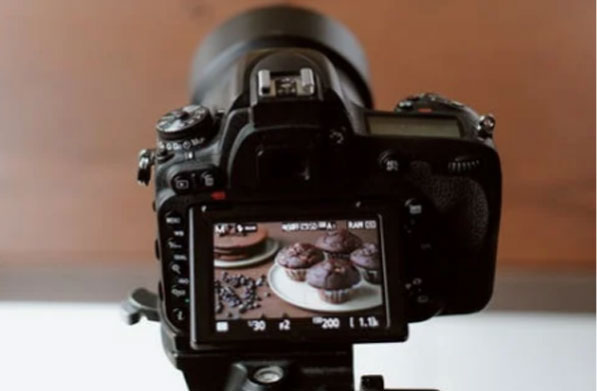
This is demonstrated by the fact that 82% of individuals will buy a meal simply because it seems appealing in the photo, even if they do not need it. As a result, company owners engage professional food photographers to stand out and generate trust in the quality of their products.
As a result, they are seeing greater customer involvement on their websites and blogs and increased shares and comments on their social media channels.
Every marketing specialist agrees that you must express your story visually if you want to promote your food business on social media. Content with photographs receives 94% more views than content that does not include any images to demonstrate the topic or, in our example, a dish.
Consider how many ways you can improve the appearance of your website, social media sites, or the interior of your business.
Coloured images improve people's propensity to read an article, description, or promotional copy by 80%, according to researchers. When you reveal a new menu item, your customers are more likely to discover how your chef produces it if you provide an enticing photograph alongside the words. Images elicit significantly more interest and engagement than words alone.
So, if you are a hotelier, have opened a restaurant or a cafe providing lots of dishes, or have opened a cake shop or snack shop, and want your shop or your restaurant to get filled with people. If you want your cafe or restaurant to run all day and night with people coming and going, then food photography is something that you really need a lot.
With the help of food photography, you can advertise the kind of food items that you are serving in your restaurant or the kind of food items that you are selling in your shop.
Yes, as I mentioned earlier, food items in photographs look much more appealing, thanks to the talent of professional photographers.
By publishing them on social media posts or on pamphlets, you can attract more customers to your shop and help you popularise your restaurant and thus help run the business. Moreover, you can also click photos of the items to let the consumers know about the items which you are providing for them.
What is the cost for food photography?
Like other types of photography, food photography pricing scales have a wide range of variations.
Most food photographers demand different costs according to their experience, the client's size, the shoot's complexity, the quantity of photos intended, and whether props and styling are required.
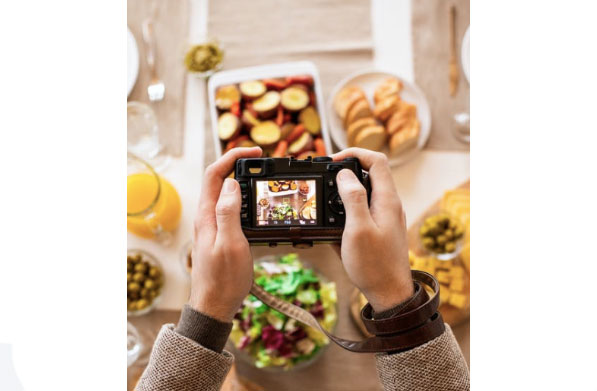
Cost of food photography is based on the kind of photography like- creative photography or a normal white background photography. In case of white-background photography where the main spotlight is on the dish and not on the background, the price begins from INR 250 to INR 350 - INR 450 per dish and more as per further requirements.
The cost of creative photography depends on numerous factors like the location where the photography activity is taking place, the kind of props or the kinds of cutleries being used for the purpose of the photography, if a food stylist is required or not.
Other than that, cost also depends on the kind of camera being used and the lenses.
To be approximate, the cost for creative photography begins at around INR 2500 to INR 5000 or INR 6000. The cost can go up as well when demanding more high-quality pictures or there are uses of extra features like artificial lighting, background, specialized lenses to highlight more details and so on.
Getting Started With Food Photography
Equipment, Cameras and DSLR Photography
While many novice food photographers begin using something as simple as an iPhone, investing in a nice DSLR camera and equipment can make a dramatic difference when it comes to getting serious about food photography.
Although full-frame digital cameras are frequently recommended by pros, you can begin with a cropped sensor camera. Cropped sensor cameras are less expensive, however they act differently using lenses and create slightly different images.
They produce photos that are slightly cropped, as the name implies. Full-frame cameras have a larger field of view.
If you want to take picture of food using DSLR then, it is important to mention that DSLR is costlier and will take longer time for you to grasp the concepts and techniques as the learning curve is lot steeper. The full form of DSLR is ‘Digital Single Lens Reflex.’ Now this means that when you try to capture a picture, the shutter of the camera opens up and the image gets reflected on to the internal mirror of the camera which is then again reflected on to the sensor. DSLR is highly known for its colour representation and greater clarity. Moreover, DSLR gives you greater ability to have more control while capturing pictures in different light situations.
Factors affecting Brightness of the images
There are a range of factors which play a role in affecting brightness of images when capturing photos of food for food photography and in general. The three most crucial elements are - Shutter Speed, aperture, and ISO.
Shutter Speed
When we talk about shutter speed, we are referring to the speed at which shutter opens. When capturing photos in low light situations, the speed at which the shutter opens can be reduced and slowed down. This helps to allow lighter to hit the sensor producing brighter images in low light situations. This method is universally applicable in dark, low light situations.
But one thing that needs to be taken care of is that when the shutter is opened a little longer, even a small jerk can cause production of blurry images, so it is advisable to use e tripod to maintain stability in such situations.
Aperture
The width of your lens's opening is referred to as its aperture. Opening the aperture allows lighter in while also creating a narrow depth of field, which results in more photo blur. This effect enables you to bring the viewer's attention to the location of the camera's focus. The larger the aperture, the lower the number. As a result, if you require a sharp focus in one area that has a lot of background blur, choose a lower number like 3.2 or 3.5.
If you want backstory objects to be more in focus - a wider depth of field - choose a higher number, such as 11 or 14 but keep in mind that this will let in less light, and you will have to adjust shutter speed or ISO.
ISO
ISO basically refers to the sensitivity of your camera towards light. It is the element that a photographer would adjust at the end after adjusting the shutter speed and the aperture, because having a high ISO can affect the overall quality of your image thereby creating "noise" particularly in the dark environments of the photograph.
It is better to try to keep the ISO below five hundred, but if you do not have a tripod and your aperture has already been wide open in low light, then it is better to go higher.
Utilising the power of light in food photography
It is always preferable to use natural light whenever it is possible since it is the best source of light giving a more natural look to the photos. Professional artificial light sources are also available which can readily mimic natural light, but it is not advisable to use such kinds of sources of light unless you are familiar with them, and you can make the lights and camera work together to get the best output.
One thing that you should avoid is using indoor kitchen lighting directly on the food as it gives a yellow tinge on the food but in case you have no other option to look for then you are then of course the only option left is to use indoor kitchen lighting.
Direction of light is also one major element that you need to consider when capturing photos of food. There are two major ways of offering lighting which are Backlighting and Side lighting.

Here are a few recommendations for the best full-frame and cropped sensor digital cameras for food photography.
- Canon EOS 5D Mark IV camera (Full-frame)
- The Nikon Z6 (Full-frame)
- Canon EOS Rebel T6i camera (Cropped sensor)
- D3400 Nikon (Cropped sensor)

Professional Food Photography tips and tricks
1) Choosing the proper background
The color of the food would have a big influence on the background color or texture. A complementary color that contrasts nicely with the food might help the aesthetics of the food shot. You can choose light, neutral, or dark backdrops depending on the color of the food and the type of presentation you want to achieve.
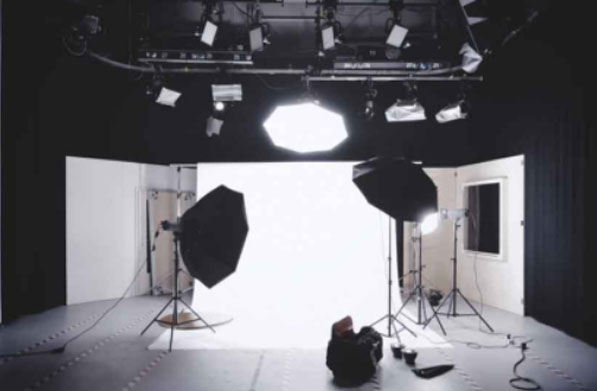
2) Speed of Shutter
Doesn't that ice cream seem delicious? This could be due to the shutter speed rather than the components. Shutter speed is a frequently overlooked aspect in food photography. Quicker shutter speed? Perhaps a slower shutter speed? So many options can be perplexing. The rule for a handheld camera is that the shutter speed must be twice the length of the lens. With a 50mm lens, the minimum shutter speed ought to be 1/100th of a second. With a 100mm lens, the minimum shutter speed must be 1/200th of a second.
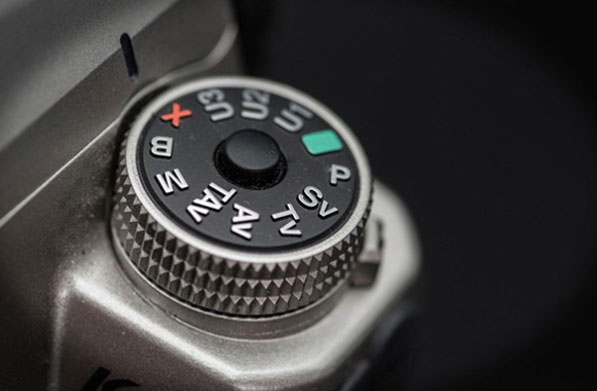
3) The 600 Rule
Many times during a session, you may be tempted to use lengthy exposures (due to a lack of lighting), however doing so can result in trials in your food photos. In such cases, you might apply the 600 rule to ensure that you get your cake and have it too. The formula 600 focal lengths of lens = exposure time is used in this regulation.
For example, if you use a 35mm lens, your maximum exposure time is 600 35 = 17 seconds.
So, keep your exposure time under 17 seconds to avoid trails.
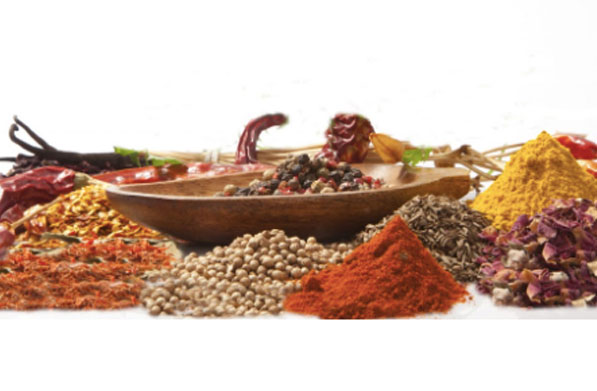
4) Levitation Technique
The levitation technique uses a combination of photography and software-based photo modification to create the illusion of food hanging in mid-air. This meal is dropped from the a height and recorded by the camera using a quick shutter speed.
To achieve a better impact, repeat this method with different elements and then use tools like Adobe Photoshop mixed with numerous layers.
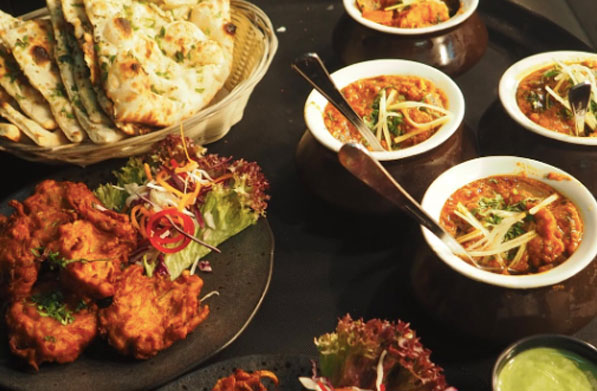
5) Steaming It Up
Another necessary component of food photography is steam. Who doesn't enjoy watching steam rise from hot food dishes? In terms of photography, it is tough to maintain the dishes hot during the shoot, so we devised a few solutions.
Aroma sticks / agarbattis are used by photographers and food stylists to create steam. Furthermore, damp cotton balls cooked in microwave ovens are sometimes employed. They are introduced to the dish, covered with food particles, and release steam for an extended period of time.
If you're into electronics, you can add steam to the shot with a steamer or vaporizer.
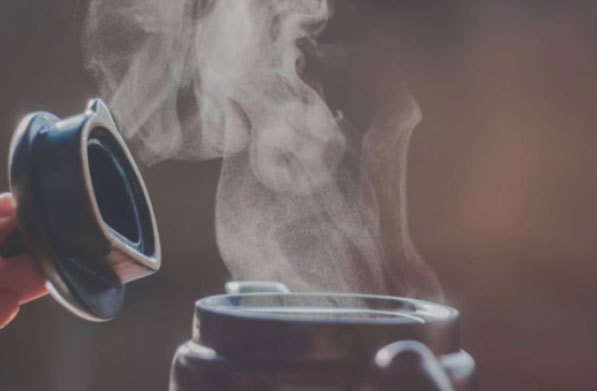
6) Using the theory of Colour
Like any other type of photography or graphics work, color theory may be quite useful in food photography.
One of the most significant tools for artists is color theory or the color wheel. It aids in the establishment of a logical framework and gives an easy method of organizing colors based on their relationship on a circle. This allows us to simply organize fruits and vegetables in order of main hues (reds) to secondary hues (greens).
The beauty of these theories isn't simply how they promote unity; they also provide various creative opportunities!

7) Addition of human elements
Including human components in photography offers numerous advantages. According to Mumbai-based photographer Arti Sharma of The Jigsaw, that it makes the spectator feel more inclined to consume a meal themselves, as well as helps with the narrative components of photographing dishes. For ice cream photos, in specific, having an image of someone's hand held onto their cone is very popular among many photographers. It gives an impression that they, too, can eat this delicious treat - rather than simply looking at images of other people who enjoy them on social media or blogs!
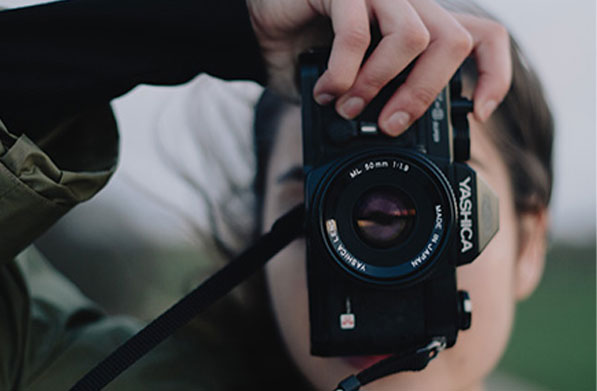
8) The Technique of Book Lightning
According to commercial photographer Makrand Joshi of Parel in Mumbai, the book lighting approach is a valuable tool in the Armory of a food photographer. The use of chrome and glass in food photography produces a large number of reflections, and this approach double diffuses the light. The light is merely a bouncing light source that has been dispersed by some other layer of diffusion. The light is at a 45-degree angle to the reflector and diffusion layer. This greatly decreases reflection on glass and chrome objects.
9) Way of Keeping Utensils
In food photography, the tableware and cooking equipment are an essential part of the image. However, determining where to put these can be difficult. Keep all handles towards the spectator, making him as well as her an important part of the photo session. This will increase the desire of your customers who want to recreate their experience at home—exactly as they anticipate! Eight Food Photography Utensil Hacks
10) Direction of Light for baking food
The orientation of the lights is another key aspect of culinary photography. You can use three different lighting directions for food photography. You can do side lighting, backlighting, or side backlighting in food photography. It's essential to avoid frontal light when photographing cakes. Yes, this method uniformly illuminates your cake while avoiding shadows behind the subject. But don't we want our foods to look flat and lifeless? Right!!
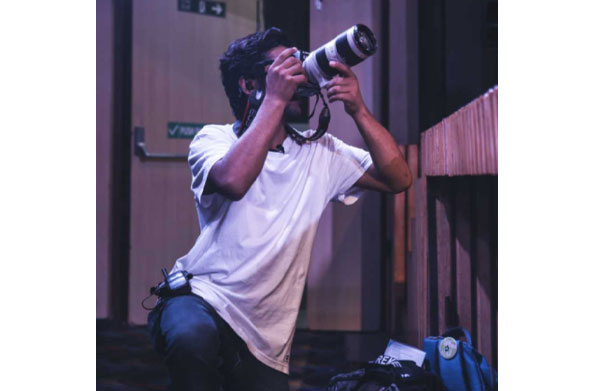
11) Using different reflectors
Reflectors are frequently unsung heroes in the world of food photography. Reflectors have more benefits than just providing a smooth, shadow-free light. Other characteristics such as bouncing, reflecting, and then diffusing will be available to creative professionals, which would otherwise require numerous lights or an expensive equipment update to accomplish similar effects with a flash unit alone.
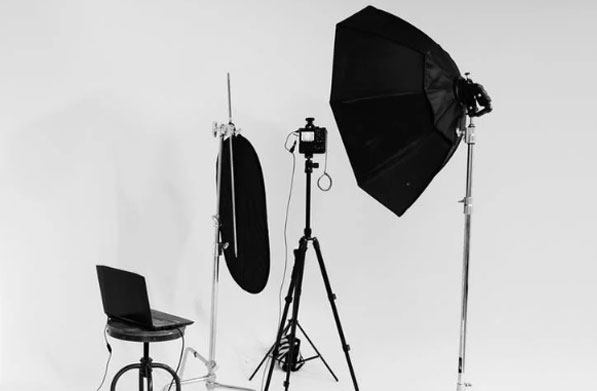
12) Consistency is the key
Shooting in a controlled atmosphere is one of the finest methods to enhance your photography. Consistency keeps you focused on photography rather than other things. When you know what kind of images you want, you can plan the shots that will make them appear fantastic and professional on Instagram or Facebook—no one wants their guests making weird faces when they're attempting to shoot an artsy family portrait!
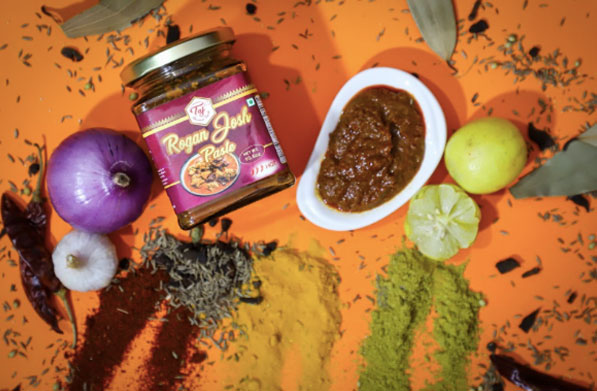
13) Applying the rule of Odds
According to the rule of odds, if you want to capture a photo with an unusual and visually appealing composition, utilize at least one odd number in the group instead of two even numbers.
For example, fire five or seven if you're shooting fruit rather than six fruit pieces.
14)Using the best food photography props
To get the most out of your food photography, make sure you have the following props on hand:
- Linen, wood, and ceramics that are clean spoons and bowls
- Boards for cutting
- Bowls and jars made of glass
- Colourful textured and plain backdrops
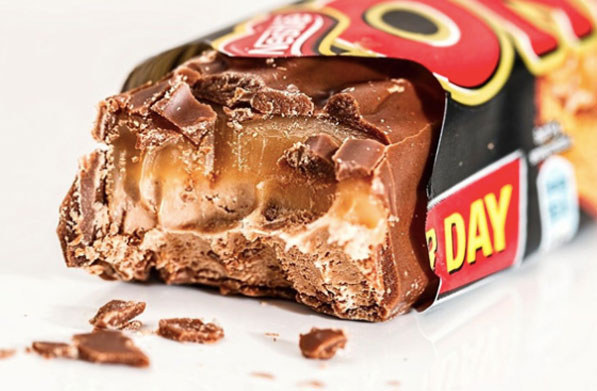
15)Using multiple layers
Try to employ numerous layers in your composition while photographing food. To achieve this, place a napkin on the lining, then the plate, then the bowl, then the food in layers, such as ice cream with sauce and toppings, and so on.
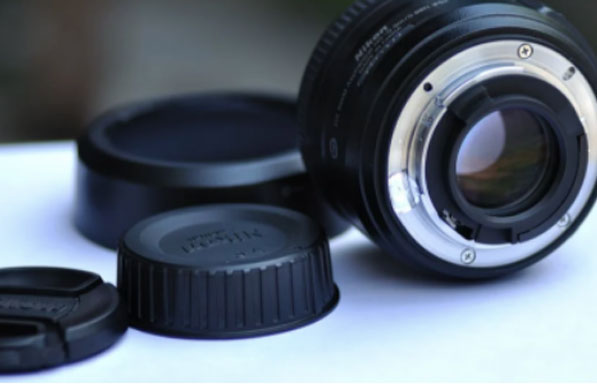
16) Using the reflection solver
This is a fantastic food photography tip. With so many shiny and sparkly elements in a food shooting, reflections might be a photographer's worst nightmare. Spray is used to combat matting. The matting spray is typically used to remove glare and reflections from glass, silverware, pottery, and metal.
17)Applying the acid touch
A spoonful of ascorbic acid mixed with one cup of water is a brilliant technique to keep fruits and vegetables fresh. This combination should be applied to your product for around 15 minutes before washing it away. This will ensure that your food choices remain fresh during the filming.
18)The trick of using Glycerine
What do you do when you're working with drinks and need to produce a fantastic condensation impression on the glass, but the drips keep drying or rolling down first before the photograph is finished? You can use a water-glycerine solution then spray it onto the glass or bottle, and it will now stay for a long time. The issue was resolved.
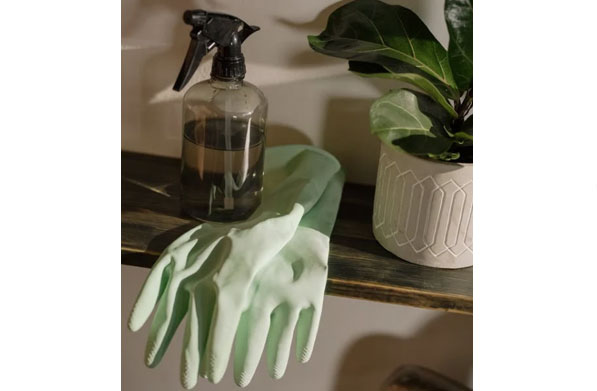
19)Using food photography additives
Not everything that appears in commercial food photography is edible; some of the ingredients employed to make your food look appealing may be toxic. For example, the great-looking mozzarella on the pizza could be glue, and the shiny-looking hamburger could be a layer of motor oil.
20) Using Action
This is a slogan that many photographers live by. Using candid photography, they invite the chef to make the cuisine without looking at the camera and film action moments while the chef works. The chef could be seen whirling the meal, slicing veggies, and so on. The similar method is frequently employed in commercial photography.
21)Implementing Artificial Light
As previously stated, natural illumination can produce good results; however, artificial light, particularly coloured lights, can greatly assist you in distinguishing between the background and the foreground.
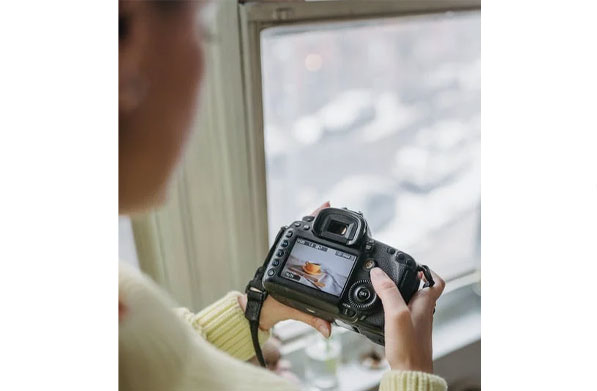
22)Dummy food for food photography
This allows you to improve your arrangement, lighting, and other settings while your major food parts stay chilled in the refrigerator. Bring them only when you're ready to begin. I'm sure this was among the strange food photography suggestions you were looking for.

23)Having proper knowledge of the software
If you work in photography, knowing tools like Adobe Photoshop or Lightroom can provide you far better control over correcting or even enhancing your work later. This also broadens the aesthetic options for producing a variety of outcomes.
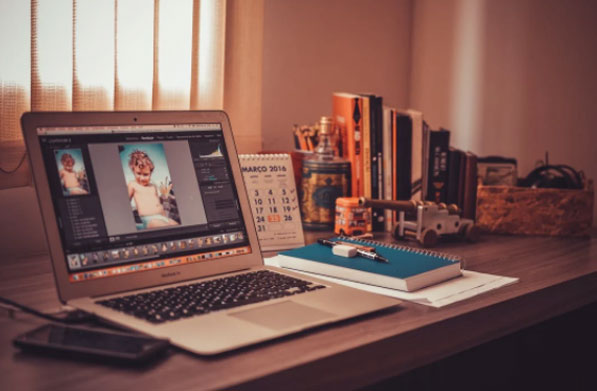
24)Editing the pictures for food photography
Shooting the meal from the standpoint of editing images and post-processing that you may wish to perform later is also important. This is critical because you can arrange the shooting approach, settings, and photographic elements ahead of time and ensure that you obtain the intended image.
25)Play with shadows
Soft shadows cast by well diffused natural light, rather than artificial light, can add depth and aesthetic interest to your photograph.

Conclusion
There is no doubt that food photography is one of the toughest genres of commercial photography. But, with these tips provided and with little care and attention you can master the art of food photography and do wonders. Telling stories through photography is an art which not everybody good at, but we are.
Hope this informative article would add dimension to your food photography skills. For more tips and tricks on photography do visit our official website or contact us via email or call.
All the best for your food photography journey! See ya!
Here's a glimpse of Sushi Photography